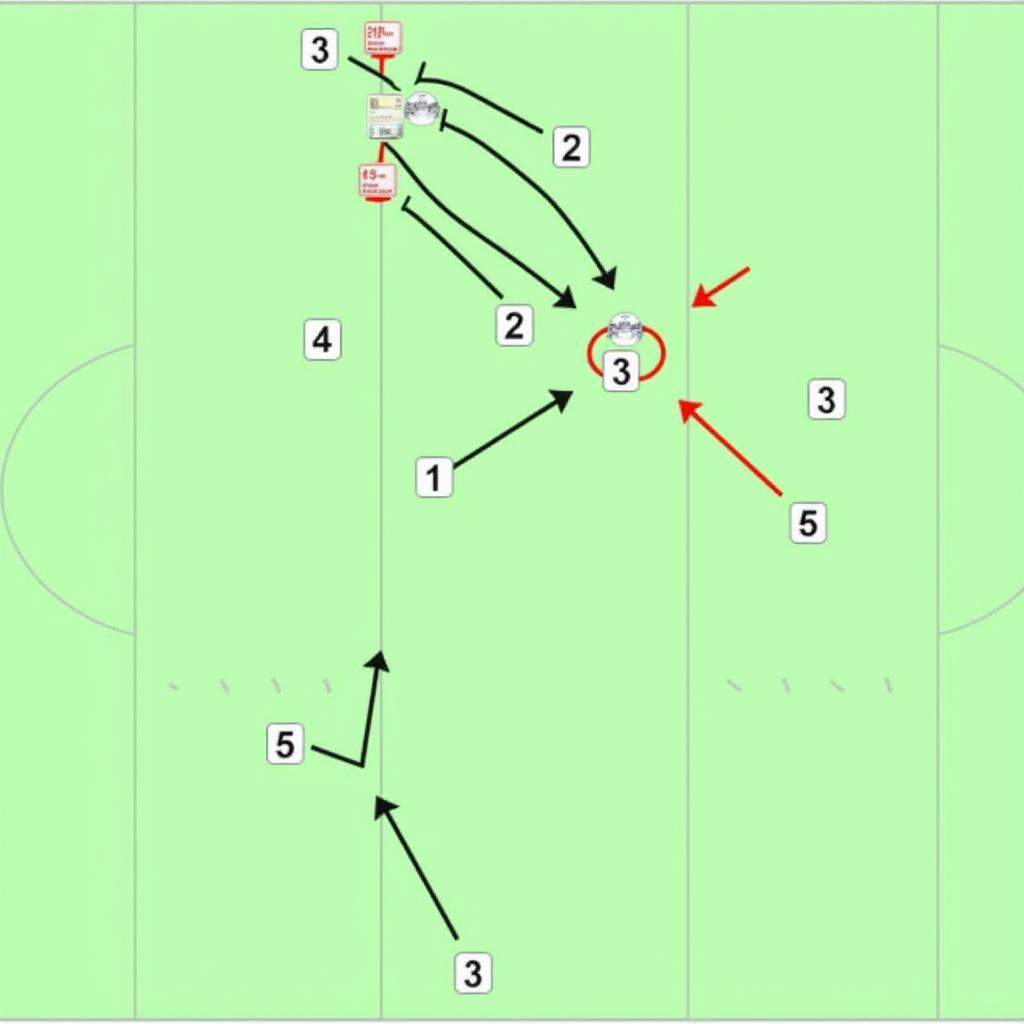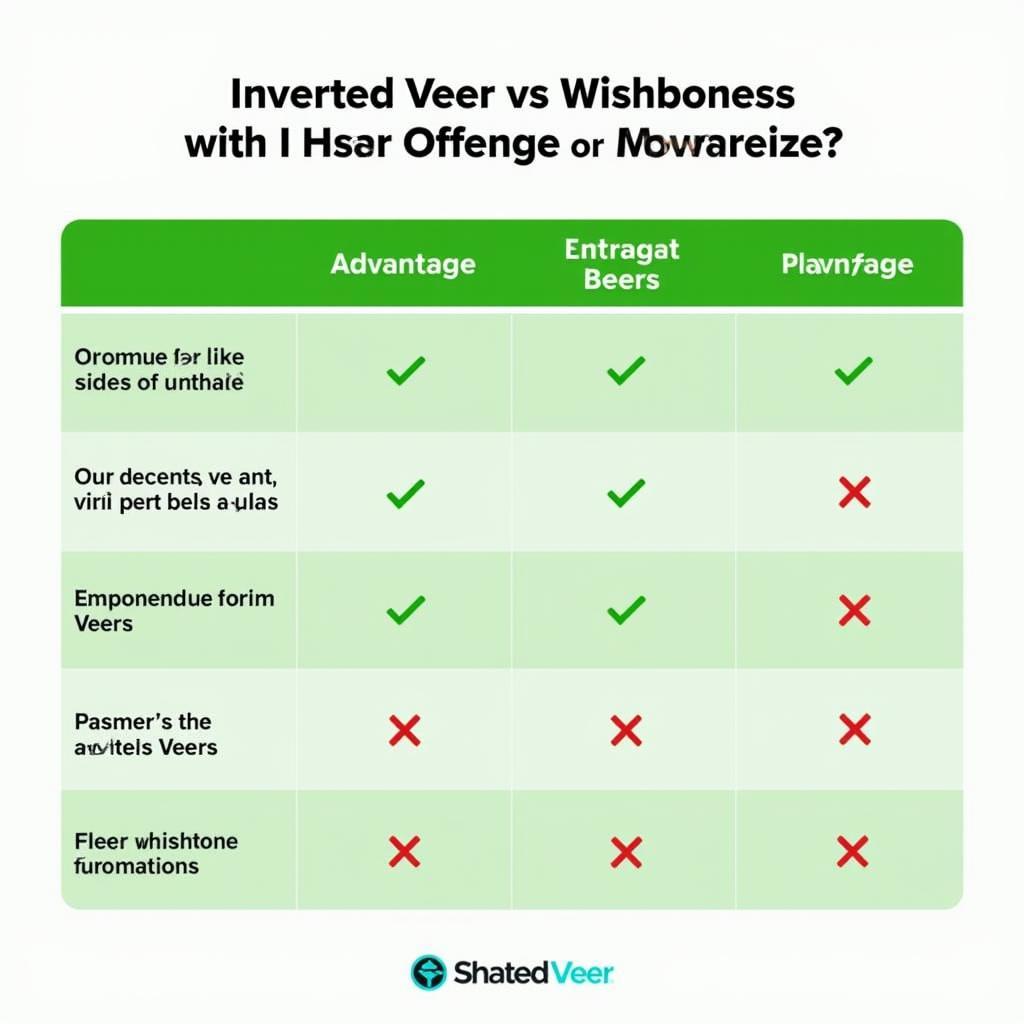The Veer Playbook is a dynamic offensive strategy in football that emphasizes speed, misdirection, and option plays. It can be a powerful tool for any team looking to gain an edge. This guide dives deep into the veer offense, exploring its core concepts, variations, and how to implement it effectively.
Understanding the Core Principles of the Veer Playbook
The veer offense revolves around the quarterback’s ability to read the defense and make quick decisions. The triple option, a cornerstone of the veer, gives the quarterback three choices: hand the ball off to the fullback, keep the ball himself, or pitch it to a trailing halfback. This creates a multitude of possibilities and forces the defense to account for multiple threats simultaneously. One key to the veer’s success lies in the precise timing and execution of the offensive line.
After the snap, the offensive line executes specific blocking assignments designed to create running lanes for the fullback and halfback. The quarterback’s read of the defense determines which option he chooses. This read is often based on the movement of a key defensive player, typically the defensive end or outside linebacker. A well-executed veer offense can keep defenses guessing and off-balance, leading to big plays and scoring opportunities.
 Veer Option Play Diagram
Veer Option Play Diagram
Variations and Adaptations of the Veer
While the basic principles remain consistent, there are several variations of the veer offense. The inverted veer, for example, flips the direction of the play, forcing defenses to adjust their pursuit angles. Another variation is the wishbone formation, which features two halfbacks positioned behind the quarterback, creating even more misdirection and options for the offense. Each variation offers its own set of advantages and challenges, allowing coaches to tailor the veer to their team’s specific strengths and weaknesses. Choosing the right variation depends on personnel and the opponent’s defensive tendencies. A successful veer offense requires a strong commitment to practice and execution.
 Veer Offense Variations Comparison
Veer Offense Variations Comparison
Implementing the Veer Playbook Effectively
Implementing the veer playbook requires careful planning and dedicated practice. Coaches must thoroughly teach their players the fundamentals of the option, emphasizing the importance of timing, ball handling, and reading the defense. Regular drills are essential to develop the necessary skills and build the chemistry between the quarterback, fullback, and halfbacks. Film study is also crucial, allowing players to recognize defensive formations and anticipate opponent reactions.
The I formation football playbook, while not a veer offense, can be a valuable complementary strategy. Incorporating elements of a power running game can create a more balanced attack and make the veer even more effective.
How Can the Veer Playbook Benefit My Team?
The veer playbook can offer several benefits. It creates confusion for the defense, opening up opportunities for big plays. It also utilizes speed and agility, making it ideal for teams with quick, elusive players. Finally, it can be adapted to suit different player skillsets, making it a versatile offensive system.
Conclusion
The veer playbook presents a dynamic and potentially devastating offensive strategy for football teams. Its emphasis on speed, misdirection, and the triple option can keep defenses constantly guessing. By understanding its core principles, exploring its variations, and implementing it effectively, coaches can unlock the full potential of the veer and give their team a significant advantage on the field. Mastering the veer takes time and effort, but the rewards can be substantial.
FAQ
- What is the key to a successful veer offense? Precise timing and execution, particularly by the offensive line.
- What are the three options in the triple option play? Handoff to the fullback, keep the ball, or pitch to the halfback.
- What is the inverted veer? A variation of the veer where the play’s direction is flipped.
- How can I implement the veer effectively? Thorough teaching, regular drills, and film study.
- Why is the wishbone formation advantageous? It provides increased misdirection with two halfbacks.
- What is the role of the quarterback in the veer? Reading the defense and making quick decisions.
- What other playbooks can complement the veer? The I formation football playbook can be a valuable addition.
Common Scenarios and Questions
A common scenario is struggling with the quarterback read. This requires focused practice and analyzing game film to recognize defensive cues. Another challenge is the offensive line executing their blocking assignments correctly. This necessitates dedicated drills to perfect timing and technique. Check out our resources on the inverted veer and wishbone formation playbook for further insights.
Further Exploration
For more information on offensive strategies, consider exploring resources on i formation football playbook. You can also delve deeper into specific veer variations like the inverted veer or the wishbone formation playbook.
Contact Us
For support, please contact us at Phone Number: 0902476650, Email: [email protected] Or visit us at: 139 Đ. Võ Văn Kiệt, Hoà Long, Bà Rịa, Bà Rịa – Vũng Tàu, Việt Nam. We have a 24/7 customer service team.





